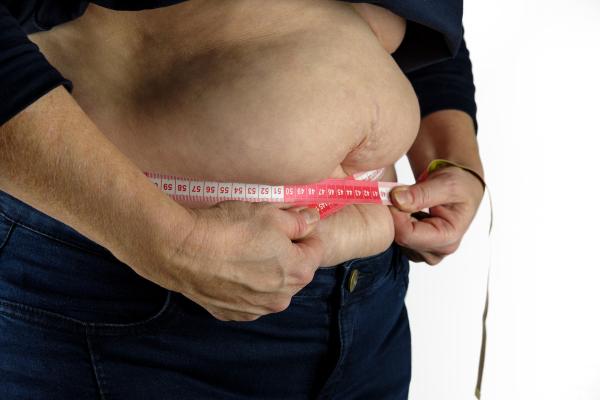Most individuals begin the process towards overweight and obesity early in life. By the time most individuals who have grown up obese are mature enough to understand the adverse effects excessive weight and obesity have on their health and physical abilities, it’s often too late for anything more than modest changes, regardless of the public policies designed to control it.
Uneducated about how their body functions, poorly equipped with physical and coping skills, and bombarded by enormous quantities of food, many, if not most, obese individuals find it understandably very difficult to address this issue with long-term success. Most consumers lack understanding of the basic science skills needed to sift through all the hype and pseudoscience and recycle themselves through one failed program after another.
Body Fat Basics
Understanding the facts about the body’s fat cell structure and function should help understand why losing weight is difficult. Keep in mind that most of the world’s population relies on these well-designed fat cells to stay alive during periods of food shortages. However, these same fat cells become an albatross around our waists in industrialized countries due to excessive food intake and limited physical activity. Most people have experienced the joy of putting weight on and the misery of taking it off and are fully aware that body fat is physiologically far more challenging to get rid of than accumulate.
The Dilemma
There is a biological upper limit for fat cell size or mass [1]. Even doubling normal fat cells' size would not account for the tremendous difference in the obese and nonobese people's fat content. After reaching their physiologic limit, additional fat is store by creating more fat cells (hyperplasia). As a frame of reference, an average person has about 25–30 billion fat cells. For the moderately obese, this number ranges between 60 and 100 billion, whereas the fat cell number for the massively obese may increase to 360 billion or more.” [1] So, not only does the mass or volume of the fat cell increase by roughly 35% but the numbers as well. Cell number probably becomes the critical factor determining the extent of extreme obesity.
Fat provides several functions, including giving contour to our body shape, insulating us from the cold, and most importantly, as an alternative energy source to glucose, especially when we are not eating. The caloric equivalent available in these fat cells ranges from 30,000 to 60,000 calories, likely considerably more. Research suggests If fat mass were the only source of your energy, you could walk 500–1,000 miles.
But wait, aren’t fat cells mostly water?
The most prominent misunderstanding of fat mass is that it contains a significant amount of water. Most consumers believe the water content of fat mass ranges from 30–70% by weight. However, a fat cell's water content is roughly 5–10%; the rest is all fat. All of those containers are fat cells; the Li indicates the lipid or fat content. As the photo illustrates, the accumulated fat cells remain even after the fat content has been removed. You can always lose fat mass, but not fat cell numbers - explaining why regaining lost weight becomes such a relatively easy thing to do.

You can’t measure weight loss in “sweat.”
Because there is so little water in fat, your effort to “sweat it off” is more important for your cardiovascular health than weight. That sweat that pours through your sweat glands during exercise or any activity comes from the tissue between our cells, the interstitial fluid, and our circulation and muscle tissue, not fat tissue. The irony here is that in your effort to “sweat it off,” you hamper the leading fat burner your body has, muscle tissue.
Muscle tissue is 70% water by weight, and water plays a major role in the muscle's mechanical and chemical properties. As the muscle fibers lose fluid, they can generate less tension and therefore use less energy; the energy that comes during exercise primarily from fat. A 3% loss in body fluids will significantly inhibit fat loss; that is why hydration, especially during exercise, is essential.
Next, we will consider how our metabolism, measured as a metabolic rate, influences our weight.
[1] Essentials of Exercise Physiology, 3rd ed, p. 595.




